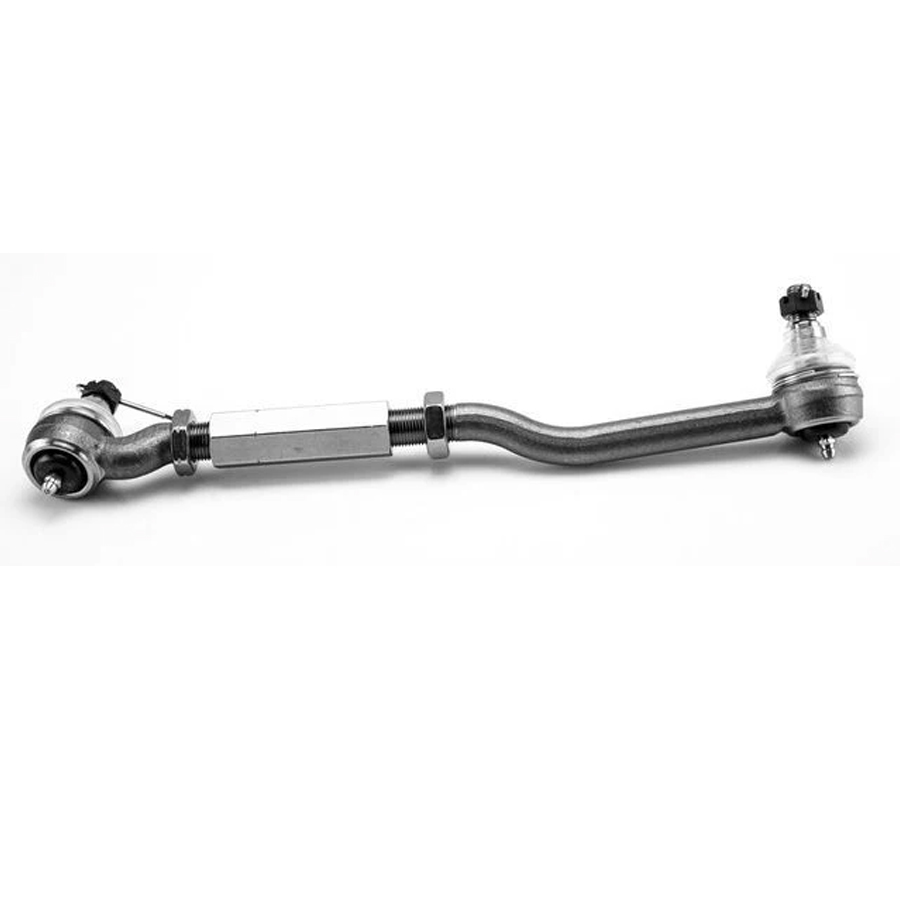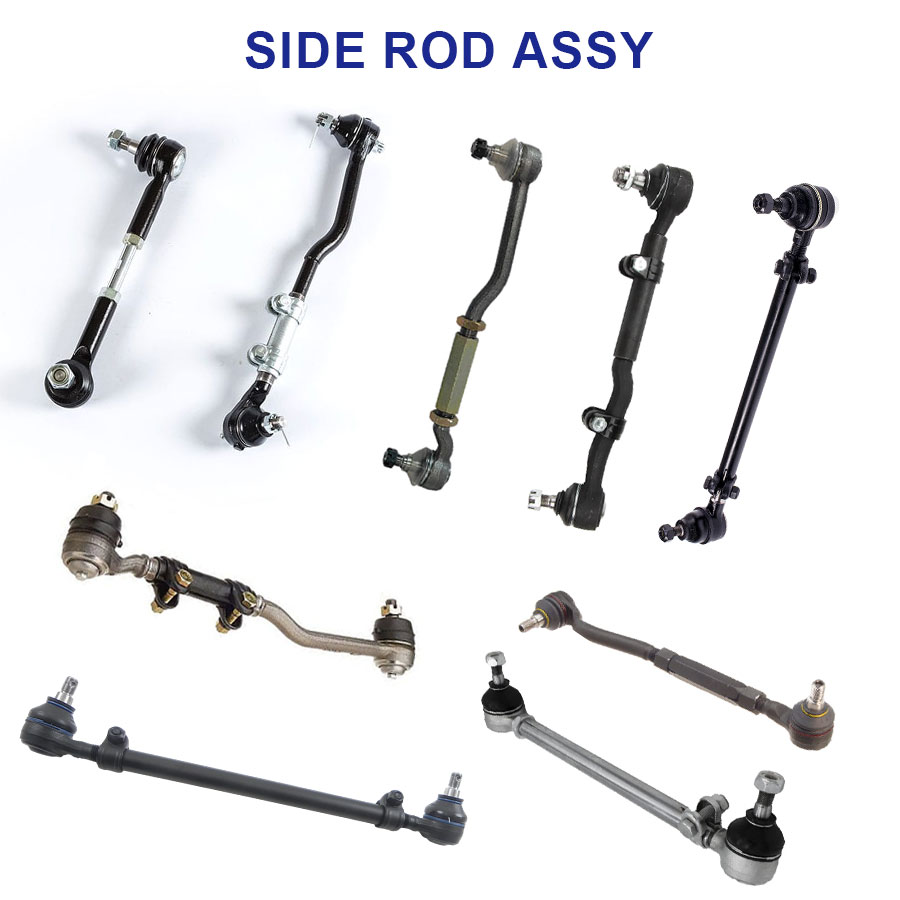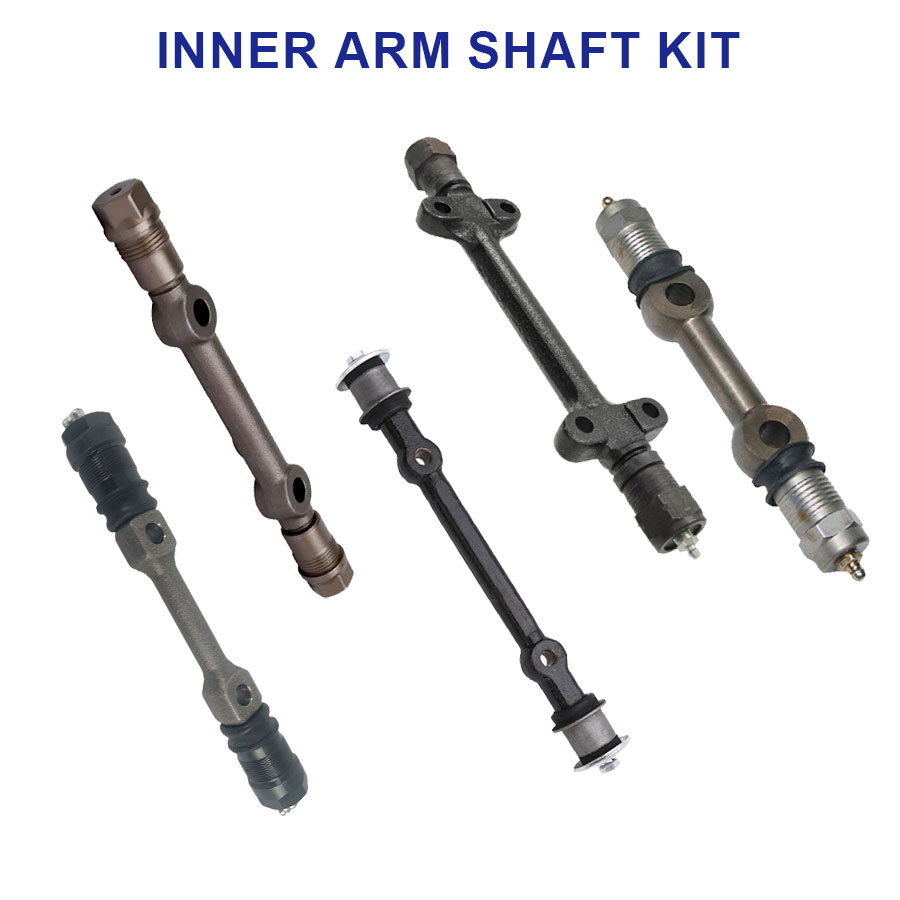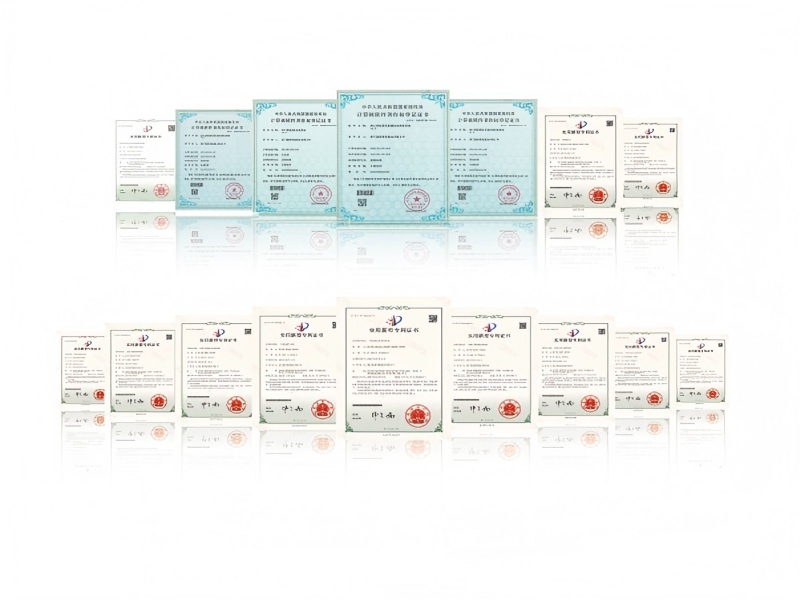ASTM D412 is the most common standard for determining the tensile properties of vulcanized (thermoset) rubber and thermoplastic elastomers. Compounds in this family are used to create a vast array of consumer goods such as tires, footballs, and rubber bands.
What does it Measure?
ASTM D412 measures the elasticity of a material while under tensile strain, as well as its behavior after testing when the material is no longer being stressed. ASTM D412 is conducted on a universal testing machine (also called a tensile testing machine) at a rate of 500 ± 50 mm/min until the specimen fails. Though ASTM D412 measures many different tensile properties, the following are the most common:
- Tensile strength – the maximum tensile stress applied in stretching a specimen to rupture.
- Tensile stress at a given elongation – the stress required to stretch the uniform cross-section of a test specimen to a given elongation.
- Ultimate elongation – the elongation at which rupture occurs in the application of continued tensile stress.
- Tensile set – the extension remaining after a specimen has been stretched and allowed to retract in a specified manner, expressed as a percentage of the original length.
When your rubber or elastomer components need reliable performance validation, GESTER delivers precise, reliable ASTM D412 testing services to help ensure your products meet quality and regulatory requirements.
Universal Testing Machine for Footwear (Dual Column) GT-K01
GESTER universal tensile tester is designed for conducting tensile, compression, bending, shearing, bonding strength, peeling, tearing and other tests for shoes ,rubber, plastic, leather, metal, nylon line, fabric, paper, aviation, packaging, construction, petrifaction, electrician, vehicle and other materials. It is a basic equipment of quality control, receiving inspection, physical test, mechanics research, material development.

SATRA TM5, TM53, TM52, TM51, TM108, TM113, TM117, TM118, TM120, TM123, TM149, TM162, TM401, TM 411, TM 410,
ASTMD 751/2209 /412/624/3512 FIA 1206,
BS 5131- 3.7, 5.11, 5.13 , BS 5131-2.6
ISO 22650, ISO 19958, ISO 3377-1, ISO 3377-2, ISO 11644, ISO 20866, ISO 20867, ISO 19957, ISO 20874, ISO 20344-5.2.4, ISO 20345-5.3.1.2, ISO 17698, ISO 20875, ISO 22777, ISO 22776, ISO 22654, ISO 20863, ISO 20876, ISO 17695, ISO 17697, ISO34-1, ISO36, ISO37, ISO 17708, ISO 17696, ISO 17706, ISO 22650
AS/NZS 2210.2-5.2.4
DIN 53331,
GB/T 3903.8, GB/T 3903.9, GB/T3903.14 ,GB/T3903.20, GB/T3903.21, GB/T3903.22, GB/T 3903.23 , GB/T 3903.24, GB/T 3903.25, GB/T 3903.26, GB/T 3903.29, GB/T3903.32,GB/T 3903.39,GB/T 3903.40, GB/T 3903.43, GB/T 4689.20, GB/T20991-5.2.4, GB 21148-5.3.1.2, GB/T 17928, GB/T529, GB/T528, GB/T532, GB/T11413, GB/T21396
QB/T 2711, QB/T2675, QB/T2883, QB/T4118, QB/T4198
HG/T 2726, HG/T 2877, HG/T4805
Features of Tensile Testing Machine for Rubber
1.The power system: servo motor and servo drivers and worm gear and rod reducer and ball screw.
2.Control system: adopting Pulse Command control method, it will be more accuracy and easy to control.
2.The speed control range: 0.001-500mm or 0.001-1000mm/min ( option)
3.The Universal Tensile Testing Machine intermediate plate adjustment is both fast coarse and slow fine-tuning.
4.It will return to original site and save automatically ater testing.
5.Data transmission mode: RS232 transmission.
6. This Universal Testing Machine can realize constant speed, positioning, constant power, constant stroke control mode and multi-level control mode which can meet the test requirements of the ordinary.
7. Testing space: test width is 400 mm (standard)
8. All plate walking space: 1200 mm (excluding fixture, according to the customer requirements).
9. The entire displacement: the encoder is 1800 P/R, it can improve 4 times accuracy
10.Universal Tensile Testing Machine Using the LINE DRIVE encoder strong anti-interference ability displacement resolution 0.001 mm.
11.Safety device: overload emergency stop device, up and down stroke limit device, leakage automatic blackout system, automatic breakpoint stop function.











